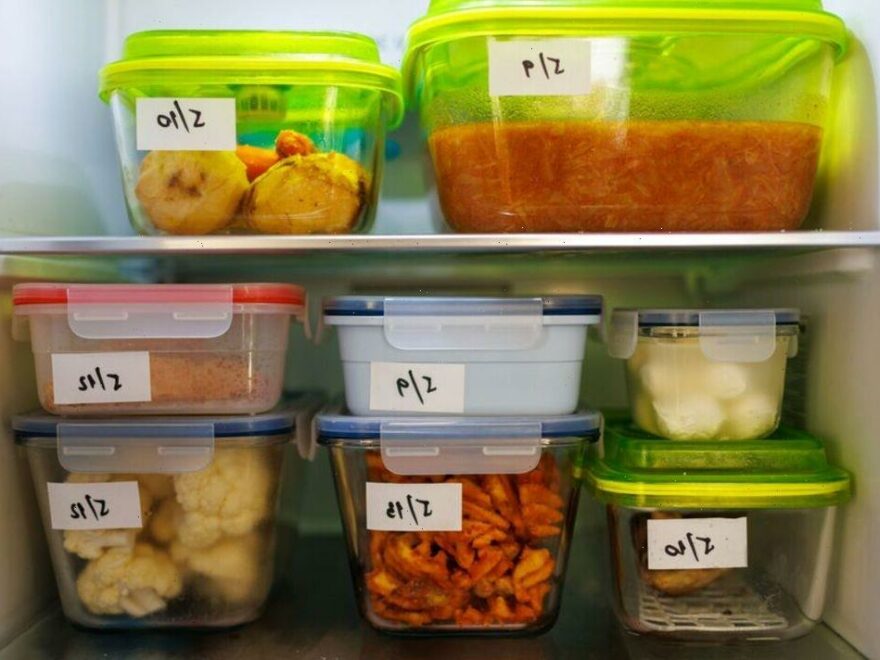
It’s easy to forget about leftovers while you wait for them to cool down in the kitchen but keeping them at room temperature for too long can have dangerous consequences. Aside from a spoiled dish, food safety experts have warned that your cooked meal could be “unsafe to eat”.
Putting your food in the fridge as soon as it has cooled down is difficult to do without keeping a close eye on it.
While it is important to get leftovers into the cool, safe environment of your fridge it is possible to leave it at room temperature for a short amount of time without it becoming dangerous.
Ghaida Batarseh Havern, food safety extension educator at Michigan State University explained that knowing the “temperature danger zone” is key when storing leftovers.
She said: “This is the temperature range (4C to 60C) in which harmful bacteria are more likely to grow quickly, potentially making food unsafe to eat.”

This includes harmful bacteria such as Salmonella and E.coli – both of which can cause food poisoning.
Of course, the longer you leave food in the danger zone, the more likely it is to spoil. However, some bacteria can double after just 20 minutes at 4-60C.
Being vigilant with checking the temperature of cooked ingredients while they cool is one way to avoid this, or you can follow a simple rule.
Ghaisa explained that this is the “two-hour rule” which applies to “all” heated foods before being cooled in the fridge or freezer.
She said: “The maximum amount of time perishable foods can [spend] in the danger zone is two hours.
“At two hours, the food must be consumed, stored correctly, or thrown away.
“This includes all cooked leftovers, [chopped] fruits and vegetables, meat, poultry, fish, eggs, and dairy products.”
Though this foolproof guideline can and should be used in all instances, the time frame can be even shorter in warmer environments.

On a hot day, for example, foods need to be refrigerated after just one hour.
This is because the ambient temperature encourages rapid bacterial growth which can cause your leftovers to spoil more quickly.
As a result, there is an increased risk of food poisoning when cooked items are left at 32C for more than 60 minutes.
If you’re struggling to cool food down in such a short time, you can divide it into smaller portions using shallow containers for a swift transition into the fridge.
Though it can be tempting to put “low-risk” foods like vegetables into the fridge before they are completely cool, an expert at Bosch warned against it.
They said: “It’s not about the hot food you’re trying to cool, but the rest of the items in your fridge. When you introduce something with a higher temperature to your controlled fridge environment, you’ll raise the temperature of everything else inside.
“No matter how smart your appliance, it would need to work much harder to maintain a low temperature with a steaming-hot meal heating things up.”
Liquid-based meals like soup, stews and casseroles can be quickly cooled by adding ice cubes to the dish before being stored.
Source: Read Full Article
